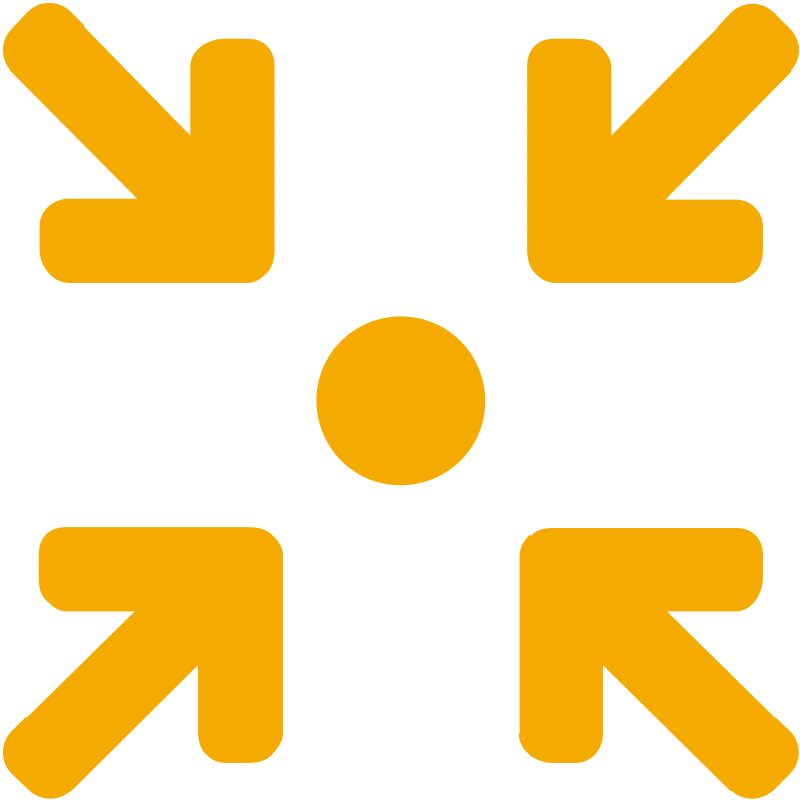It is important to monitor not only your arts outcomes as a result of your arts programs but also your social and emotional wellbeing outcomes.
There are several reasons this is important:
Sets priorities

Develops common language

Deepens understanding

Improves planning and instruction

Evaluates effectiveness

Sets priorities
You communicate to your arts community that social and emotional wellbeing (SEWB) and its intentional learning is a priority in your organisation. It’s often said, “what gets assessed gets addressed.” The decision to dedicate resources to monitoring and evaluating social and emotional development sends a clear message that promoting SEWB of all in the arts community is important to you.
Develops common language
You establish a common language to talk about SEWB.
Deepens understanding
As an organisation, you can deepen your understanding of how social and emotional competencies develop over time in children and adolescents. Students and families will similarly deepen their understanding of their SEWB and how it changes over time.
Improved planning and instruction
It will allow you to continuously improve your planning and instruction for the intentional development of SEWB. This can be achieved through formative assessment, often known as assessment for learning.
This sort of assessment is often considered part of instructional practice and is designed to provide information to guide instruction and practice. It usually involves listening to and observing students during the learning process and collecting evidence of student understanding.
Evaluates effectiveness
You can evaluate the effectiveness of the SEWB approaches. This generally occurs through summative assessment or assessment of learning. This can include quantitative and qualitative data collection methods conducted at the end of a defined period.
| Participants | Project or Organisation | Community | |
|---|---|---|---|
| Process | How participants are involved in the project | How the project is managed | How the community is involved in the project |
| Impact | What happens to or for participants through the project | What happens as a result of the project | What happens to or for the community through the project |
| Outcome | What happens to or for participants in the long-term, as a result of the project | What happens in the long-term, as a result of the project | What happens to or for the community in the long-term as a result of the project |
Often this requires documenting the processes undertaken or collecting quantitative data related to program delivery. For example:
How many sessions were conducted?
+
How many attendees at each?
+
How were the Wellbeing Factors addressed?
Measuring the impact
Evaluating the impact may involve collecting quantitative data through quasi-experimental designs using pre-and post-testing of participants, individually or in groups. Quasi-experimental design is not a true experimental design, wherein participants are randomly assigned to a treatment or control group. Instead, in quasi-experimental design, participants tend to be in real-life situations with data collected before and after an intervention or specific project.
Quantitative questions can be used pre and post your program that align with the SEW - Arts resource's wellbeing factors. Responses can be used with a Likert scale such as:

The following questions have been developed or adapted to align with each Wellbeing Factor. These questions form the SEW-Arts Youth Wellbeing Factor survey and can be used pre (before the first arts session) and post (after the last arts session) to measure the impact of each Wellbeing Factor.
Questions to be included need to be adapted according to the Wellbeing Factors of focus for the arts program or session by the teaching artist. (i.e., if focusing on In the Zone, Coping with Criticism, and Doing what I value – only those survey questions are to be used).
Tuning in

Mindfulness, in the zone, self-awareness: thoughts, self-awareness: emotions, sensory awareness
Connecting

Working in groups, listening, empathising, positive peer comparison
Discovering

Doing what you value, learning from mistakes, trying something new, positive body image
Feeling

Expressing emotions, compassion: self & others, coping with criticism, managing pressure
- Mindfulness
- In the zone
- Self-awareness: thoughts
- Self-awareness: emotions
- Sensory awareness
- Working in groups
- Listening
- Empathising
- Positive peer comparison
- Doing what you value
- Learning from mistakes
- Trying something new
- Positive body image
- Expressing emotions
- Compassion: self & others
- Coping with criticism
- Managing pressure
The impact of your program can also be measured through qualitative data collection. Interviews, focus groups, and observation can help to capture participants’ experience of arts projects from a SEWB perspective. Qualitative data collection can explore broader project impacts, such as those on organisations and staff. For example, questions can include:

Creative and arts-based methods using techniques such as photography, film, visual arts, poetry, creative writing, music, drama, and dance can be used to support the measurement of impact. These methods effectively uncover hidden perspectives and provide alternative avenues for emotional expression. They are also used in dissemination to make evaluation and research findings accessible to audiences beyond traditional academia.
Measuring the outcomes
SEWB can be considered one of the long-term outcomes of your program. Examples of how this can be measured are as follows:
The Personal Wellbeing Index [36] - comprises seven items corresponding to satisfaction with the following life domains: standard of living, health, life achievements, personal relationships, personal safety, community connectedness, and future security. These seven domains are theoretically embedded as representing the global question “How satisfied are you with your life as a whole?”
The Warwick-Edinburgh Wellbeing Scale [37] - a 14-item scale of mental well-being covering subjective well-being and psychological functioning, in which all items are worded positively and address aspects of positive mental health.
The key concepts in the SEW-Arts resource are Mindfulness, Compassion, Resilience, and Flow. These can also be considered your long-term outcomes. Examples of how these can be measured using quantitative data collection are as follows:



